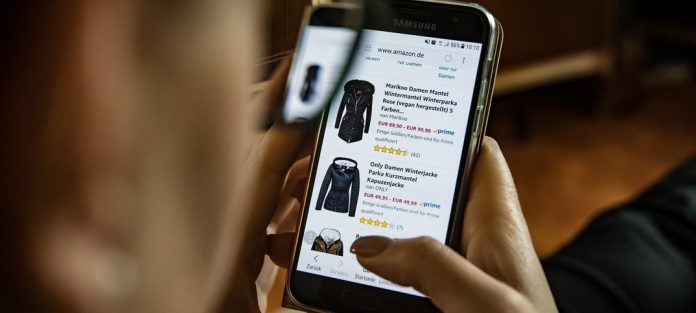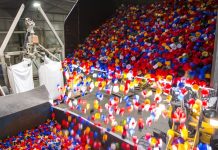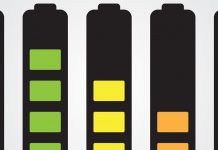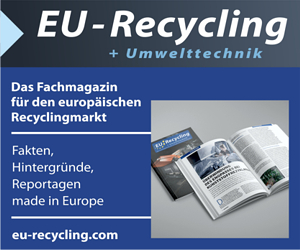Returns of products purchased online generate five billion tons of trash and 15 million metric tons of carbon dioxide (CO2) annually. And while consumer behavior can contribute to this, the majority of online shoppers say it is the retailers’ responsibility to address the environmental damage caused by returns.
That is the finding of a new online survey conducted by The Harris Poll on behalf of Threekit, the product visualization software platform. In the survey of over 1,900 U.S. adults aged 18 and older who shop online:
- 82 percent of U.S. online shoppers agree that online retailers have a responsibility to do all they can to reduce purchase returns due to the negative impact processing a return has on the environment.
- 76 percent of U.S. online shoppers say they would return or exchange online purchases less often if online retailers provided more accurate product images and details.
In response to these findings and to mounting environmental costs of ecommerce, Threekit today announces the launch of “Visuals Make a Difference,” a commitment to helping online retailers achieve sustainability. The initiative includes free visual assessments for companies that want to improve their product experience and keep items purchased from being sent back, as well as education for retailers on how to prevent returns. Through these efforts, Threekit hopes to reduce total U.S. product returns by two percent and CO2 emissions by two percent in 2020, and plans to track this progress throughout the year.
“More than 64 percent of shoppers report returning purchases because the items did not match the description or their expectations, according to Statista,” says Ben Houston, Threekit’s founder and Chief Technology Officer (CTO). “We’ve seen from our customers that the simple act of providing more and higher quality product images reduces the rate of returns by as much as 40 percent. It’s clear that the ecommerce industry is falling short, and our planet is getting stuck with the cost.”
Recent innovations in imagery, such as interactive 3D, configurations, and augmented reality all deliver a far more accurate representation of products than what is typically offered. But most companies haven’t invested in these newer forms of visuals because the industry relies on its historical standard, a few static photographs on stark white backgrounds.
“This isn’t about companies just using Threekit to solve this problem,” says Joachim Klein, president and Chief Operating Officer (COO) of Threekit. “Rather, it’s about our unique vantage point: through our work, we see how companies that adopt better product visuals massively reduce their ecological footprint, and we want to challenge others to do the same.”
With Amazon accounting for 49 percent of all ecommerce purchases in the U.S., Threekit says the company can be influential in driving the trend of better imagery standards. Today, Threekit calls on Amazon to join them in the “Visuals Make a Difference” effort. By doing so, Amazon – and any other ecommerce companies that commit to best-in-class visual guidelines – would: Adopt a standard of at least eight different images per product page; support and promote the use of interactive 3D product configuration and customization on their pages; support augmented reality capabilities for furniture and home appliances.
Supporters can learn more and show their support on Threekit’s website.
Source: Threekit






